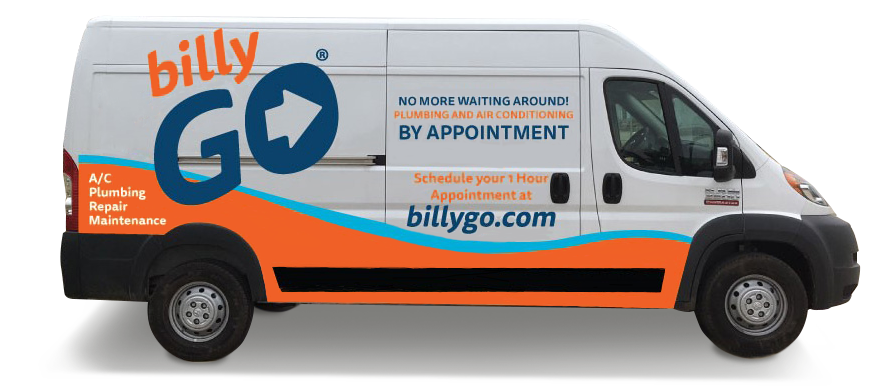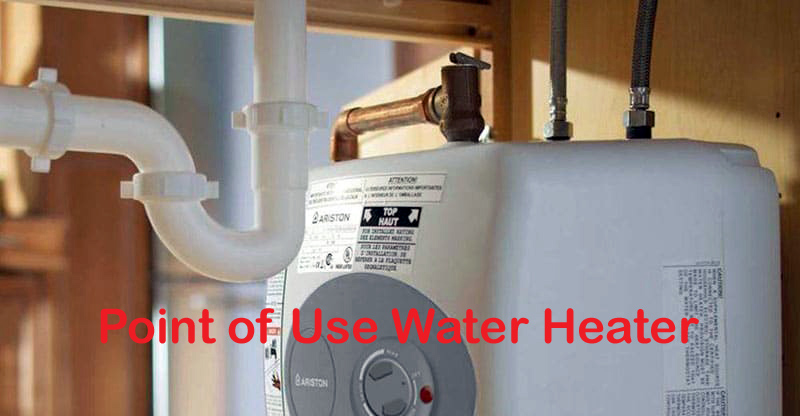Point of use water heaters can cut the long wait for hot water to arrive after you open the faucet. It may seem obvious, but the length of time you wait depends on how far the faucet is from the water heater. The more pipe it has to travel through, the longer it takes.
A popular way to eliminate the wait is to install a point-of-use hot water heater. The name describes it exactly – a small device that heats water very close to the point where it’s used, such as a sink, shower, bathtub or washing machine.
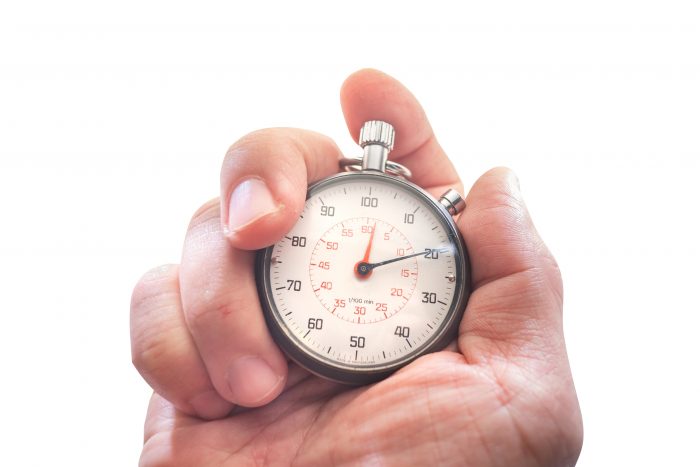 It’s located near where there is a demand for hot water, so sometimes other terms are used, such as “on demand point of use hot water heater” or “POU water heater” or “point of service water heater” or “POS water heater.”
It’s located near where there is a demand for hot water, so sometimes other terms are used, such as “on demand point of use hot water heater” or “POU water heater” or “point of service water heater” or “POS water heater.”
A point-of-use water heater can be added to a home’s existing plumbing without the need to re-do the whole plumbing system. Because of their small size, POU water heaters often are installed under a kitchen or bathroom sink.
If you don’t like waiting several minutes for hot water to get to the tap (and running up your water bill by wasting perfectly good water), a POS water heater provides a great solution. To see if it’s the right solution for you, consider the different types of equipment available, potential energy savings, and lifetime cost.
Point of Use Water Heaters and Instant Hot Water
The availability of hot water throughout our homes is a cornerstone of the modern world. One or more tank-type or tankless water heaters supply the whole home, but many homes have one or two hot water taps too far from the water heater to get hot water fast.
Point of service water heaters are becoming popular with growing numbers of homeowners who want the added comfort, convenience and efficiency they provide.
This may describe the situation in your home: You’re standing, probably shivering, waiting for hot water to flow from the shower faucet. All of that cold water rushing out of the shower head as you wait is the water that has been sitting in the length of pipe between your water heater and the shower. To shorten the wait, you must shorten the distance it travels.
Types of Point of Service Water Heaters
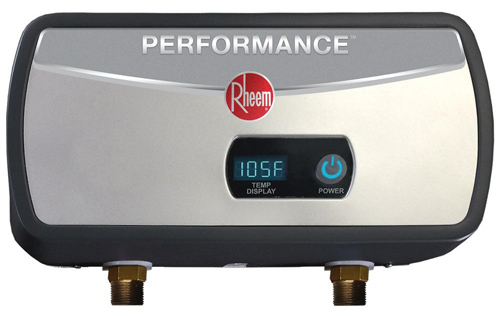 Just like with water heaters designed for a whole house, POS water heaters can either have a tank or be tankless.
Just like with water heaters designed for a whole house, POS water heaters can either have a tank or be tankless.
- Point-of-use tank water heater: It’s like a traditional tank water heater, but with a considerably smaller tank because its designed to heat water at one or maybe two adjacent locations. Tank-type point of use water heaters typically store from 2.5 gallons to 20 gallons. They can provide instant hot water because they eliminate the distance from the heating source to the fixture.
- Point-of-use tankless water heater: A point-of-use tankless heater begins working when a faucet is turned or a button is pressed, so there will be a very short wait for hot water, but we’re talking about a few seconds. Tank-type POU heaters are slightly faster, but either way, the waiting time is drastically reduced. The upside of a point-of-use tankless water heater is that it requires less space than one with a tank.
Are POS Water Heaters Energy Efficient?
The answer to this one is easy. Whether you have an electric or gas point of use water heater, and whether it’s tankless or has a storage tank, it’s going to be an environmentally friendly choice.
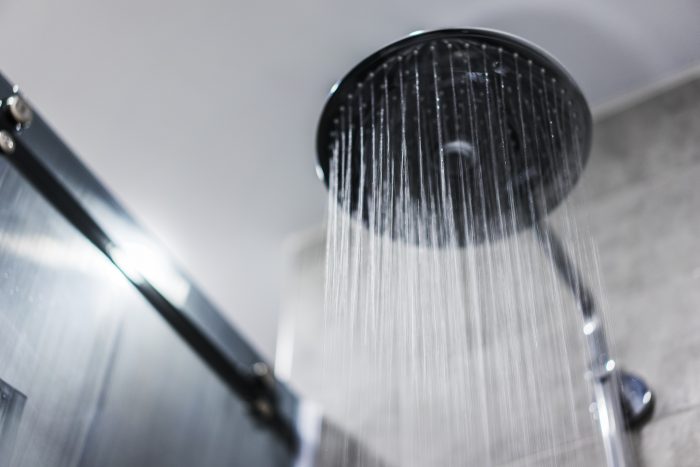 The reasons are simple:
The reasons are simple:
- A point-of-use water heater eliminates wasting water that runs down the drain while the hot water travels from a distant water heater. It’s not uncommon for the wait to be a few minutes, and given that a typical shower uses 2.5 gallons of water per minute, the amount of wasted water can be staggering.
- The cold water that comes out of the faucet first was once hot water. It was heated by the water heater and delivered to the pipes before the faucet was turned off. The energy used to heat that water ends up being wasted when the water cools in the pipes after the demand for hot water ends. The net result is you waste both water and energy.
Reducing the amount of wasted water, and energy, will in turn reduce utility bills. Water heating systems are the second-largest user of energy in a home, and the U.S. Department of Energy estimates that electric water heaters can account for about 18 percent of a home’s total electricity bill.
Will a Point of Use Hot Water Heater Save Money?
Many people are interested in adding a point of use water heater to their homes when they understand how well it will solve that annoying wait for hot water. For those seeking added convenience and comfort, it can be an easy decision.
If saving money is also a goal, you need to consider the cost of the purchase and installation of the point of use hot water heater. POS tank water heaters typically last 10 to 15 years, while tankless water heaters can last up to 25 years, providing a long stretch of time to save money on utility bills and still cover the cost of the POU heater and installation.
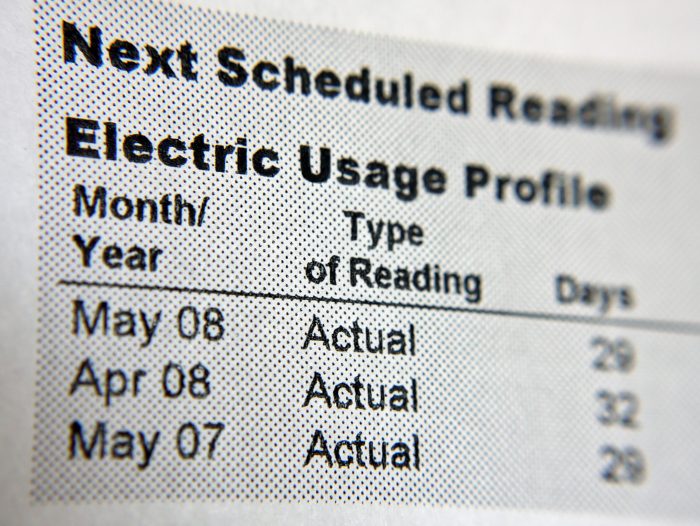 There are a lot of variables, beginning with the layout and condition of your existing plumbing system, but you can expect to pay $400 – $800 for a point of use water heater, including installation, whether it’s tank-type or tankless.
There are a lot of variables, beginning with the layout and condition of your existing plumbing system, but you can expect to pay $400 – $800 for a point of use water heater, including installation, whether it’s tank-type or tankless.
The U.S. Department of Energy says homeowners can achieve energy savings of up to 50 percent by using a point of use heater at each hot water outlet.
If you are planning to move to a new home within a year or two, however, you won’t save enough money on your utility bills to offset the cost for both the purchase of the unit and point of use heater installation. On the other hand, given the growing popularity of point of use water heaters, they could be an added selling point for your home.
Perform Regular Water Heater Maintenance
Point of Use water heaters are smaller versions of the whole-home models, and just like those heaters, they require regular maintenance. Whether the POU water heater is a tank or tankless version, it will operate most efficiently, and have the longest lifespan, if it is properly maintained.
Homeowners can perform some basic maintenance tasks for water heaters, while others are best left to a licensed professional plumber.
How to Find the Best POU Water Heater
The increasing demand for POU water heaters has led more companies to manufacture them, giving consumers many brand options. Having a choice is good, but with dozens of brand names to consider, it can be difficult to find the best for your situation, whether you prefer tankless or tank-type.
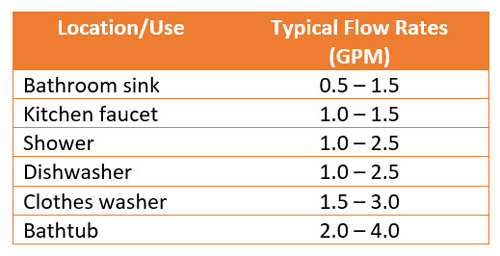 Before checking point of use water heater reviews, start by determining how much hot water you will need. A bathroom sink will require less hot water than a kitchen sink or dishwasher, for example. Along with POU water heater reviews on the Internet, you can find charts showing the gallons of water per minute typically needed for a shower, bathtub, sink or kitchen faucet, dishwasher and washing machine.
Before checking point of use water heater reviews, start by determining how much hot water you will need. A bathroom sink will require less hot water than a kitchen sink or dishwasher, for example. Along with POU water heater reviews on the Internet, you can find charts showing the gallons of water per minute typically needed for a shower, bathtub, sink or kitchen faucet, dishwasher and washing machine.
The amount of hot water a tank water heater can provide is determined by the size of its tank, while tankless water heaters are measured by the number of gallons of water they can heat per minute. Whole-house tankless water heaters produce between 2.5 and 9.5 gallons per minute (GPM). Many point-of-use water heaters sold at big-box stores and online have flow rates of 0.35 or 0.5 gallons per minute, which will be inadequate for some uses.
Installing a Point of Use Water Heater
Although there are some do-it-yourself plumbing jobs, most homeowners do not have the knowledge or equipment required for proper POU water heater installation and do not know the requirements of state and local building codes. Caution: a water heater improperly installed can be dangerous for your home and family. Check with a licensed plumber.
Conclusion
Whole-house water heaters have long been the method of producing hot water in a home, and for most people it’s still that way. But point of use tank and tankless water heaters can add comfort, convenience and efficiency to a home.
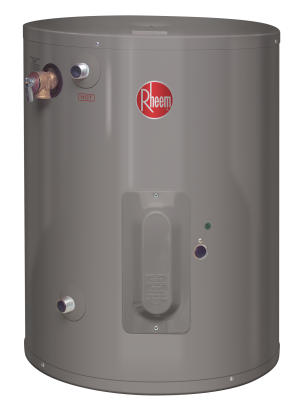 Each type provides instant or nearly instant hot water, and they are good for the environment because they eliminate the waste of the cold water that rushes out of the faucet and down the drain as you wait for hot water from a distant water heater. Point of use water heaters also eliminate the waste of the energy that heated the water that later turns cold while sitting in a long hot water plumbing run.
Each type provides instant or nearly instant hot water, and they are good for the environment because they eliminate the waste of the cold water that rushes out of the faucet and down the drain as you wait for hot water from a distant water heater. Point of use water heaters also eliminate the waste of the energy that heated the water that later turns cold while sitting in a long hot water plumbing run.
Cutting down on wasted water and energy will also reduce utility bills, adding another benefit to the use of point of use heaters. It’s no wonder so many homeowners are contributing to the growing popularity of POU water heaters and more companies are manufacturing them than ever.
Homeowners interested in adding one or more point of use water heaters should start by identifying where the units are most needed and how much hot water will be required, and then consult a licensed plumber for proper, safe installation.
Are you ready to add comfort and convenience to your home, help the environment and save some money?
